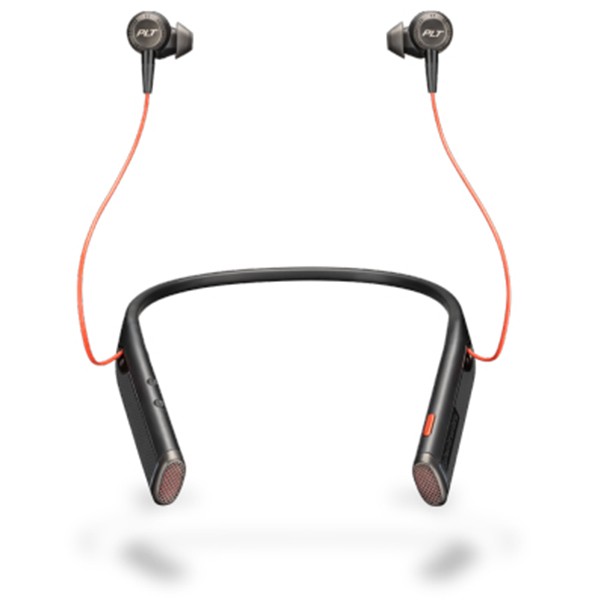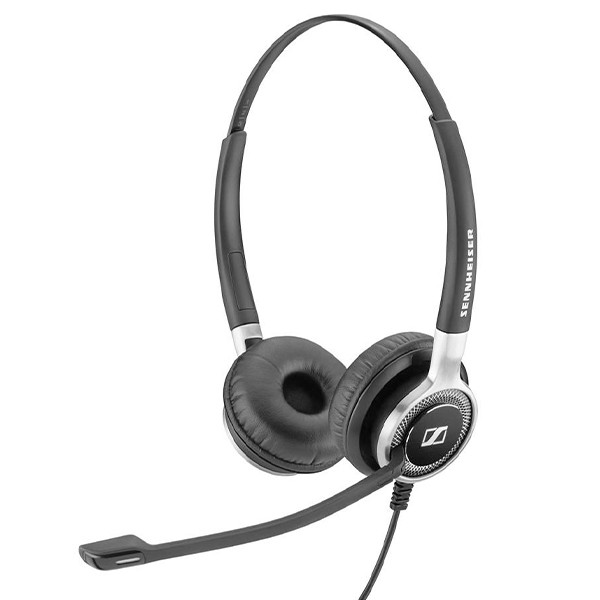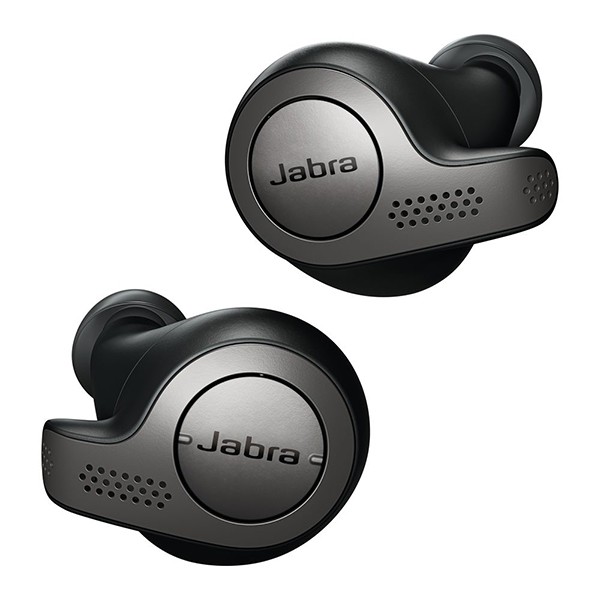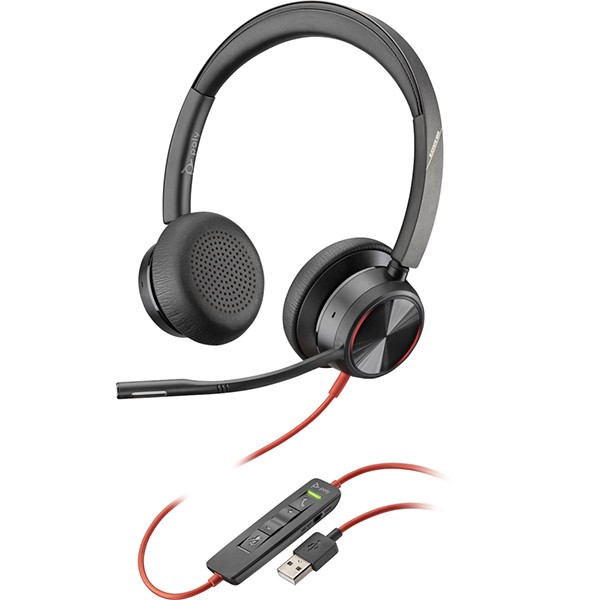The SLMan Guide To… Headsets
There are a few different styles, right?
There are. They include: headband headsets with one ear or two ears (these often come with a mic as well); over-ear headsets (often with padding); earbuds (like your standard headphones); and neckband headsets (which sit on your neck with earbuds attached via a cord). Headband or over-the ear headsets are the best options if you’re planning to use them for work. They sit comfortably and securely on your head; if you’re moving around or want to keep typing while on a call, they won’t budge. You can also choose between a corded or wireless headset.
Are they all easy to just plug and play?
Check whether you need a headset compatible with USB-A, USB-C or Bluetooth. The answer will depend on whether you’re connecting it to a PC, laptop/tablet, mobile phone or landline telephone. Most headsets are now Bluetooth compatible, so you can easily connect it to any of your devices without any cables or wires.
Anything important to know about charging headsets?
While wireless headsets, which connect to your device via Bluetooth, offer more freedom of movement, they will need to be charged regularly. Battery life varies by model, but is typically 6-24 hours of talk time. They are charged easily via USB or micro USB on the same type of charger you’d use to charge your phone. Most headsets come with a charger that you can plug into the wall or a charging case. You can also buy a wireless charger – just make sure it’s compatible with your headset before purchasing.
Anything else to think about?
Be sure to consider when and why you’ll be using a headset, as well as how long you’ll be wearing it. If you’re planning to wear a headset all day, get one with padding for extra comfort. If you’re thinking it may not be worth investing in a headset because you already own headphones, it’s important to consider the differences between the two. Headphones are for receiving purposes only – in other words, for listening to audio. With headsets you can both receive and transmit. Some headphones do have microphones, but they often don’t deliver very good sound quality. Headsets are a step up, ensuring everything is crystal clear for both listener and speaker. If you want to listen to music while working from home, stick to headphones. If you’re planning a lot of work calls or Zoom meetings, a headset is worth the money.
How big a factor is background noise?
If you’re going to use it in a noisy environment, go for a headset that has two over-ear pieces with a noise-cancelling microphone and noise-cancellation padding. The majority of headsets feature some form of noise cancellation, but check the product spec to make sure.
Finally, how much should you expect to pay for a headset?
Prices depend on connectivity and features. Basic corded headsets start at around £30; wireless, noise-cancellation headsets can cost up to £400. If you think you’re only going to use a headset for a few months, consider a reasonable middle ground of £120-£150. For this you’ll get a solid, reliable headset that will deliver good sound quality. If you opt for a cheaper model that you then use every day, you may find you need to replace it sooner.
Visit Com-Solutions.co.uk
Check out SLMan’s edit of the best headsets to buy now…






DISCLAIMER: We endeavour to always credit the correct original source of every image we use. If you think a credit may be incorrect, please contact us at [email protected].


